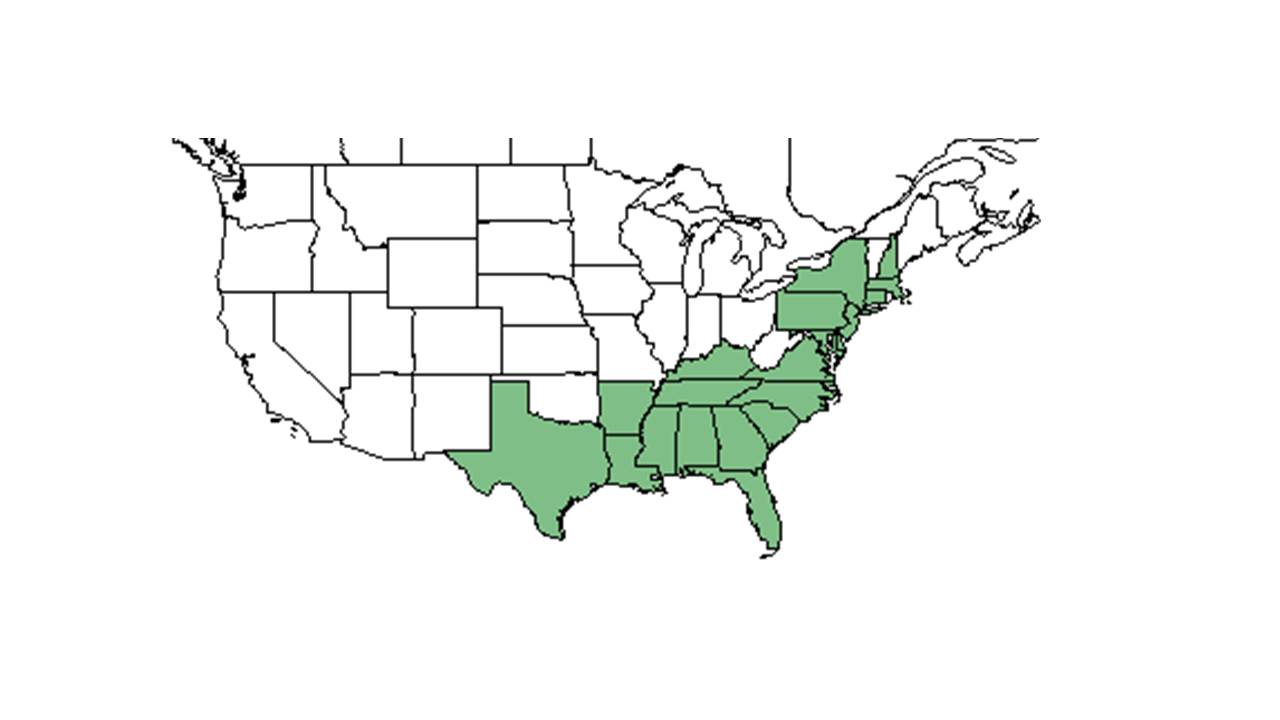Platanthera cristata
| Platanthera cristata | |
|---|---|
Error creating thumbnail: Unable to save thumbnail to destination
| |
| Photo taken by Gil Nelson | |
| Scientific classification | |
| Kingdom: | Plantae |
| Division: | Magnoliophyta - Flowering plants |
| Class: | Liliopsida – Monocotyledons |
| Order: | Orchidales |
| Family: | Orchidaceae |
| Genus: | Platanthera |
| Species: | P. cristata |
| Binomial name | |
| Platanthera cristata (Michx.) Lindl. | |

| |
| Natural range of Platanthera cristata from USDA NRCS Plants Database. | |
Common names: crested yellow orchid, crested fringed orchid, golden fringed orchid
Contents
Taxonomic notes
Synonyms: Habenaria cristata (Michaux) R. Brown; Blephariglottis cristata (Michaux) Rafinesque.[1]
Description
A description of Platanthera cristata is provided in The Flora of North America.
Distribution
Ecology
Habitat
In the Coastal Plain region, P. cristata can be found in annually burned longleaf pineland, poorly drained areas, terminus of river swamps, wet flatwoods, low wet open savannas, open wiregrass-longleaf pine woodlands, hillside bogs, shaded swamps, the base of cypress trees in a cypress-dome, along streams, boggy ditches, and mesic woodlands.[2] It is also found in moist roadside depressions, open undrained fields, and pipeline clearings. Associated species include Pinus palustris, Quercus, titi, sweetgum, alder, maple, Cuphea aspera, Verbesina chapmanii, Rhynchospora oligantha, Scleria, Fuirena, Balduina, Myrica, Ilex, Sarracenia, Juncus polycephalus, Pinguicula ionantha, Aristida stricta, Sphagnum, Nyssa, Lyonia, Magnolia, Xyris, Rhexia, Clethra, Hypericum, Platanthera blephariglottis and Cypress.[2]
It grows in open light to deeply shaded areas.[2] Soil types include moist sandy loam, peaty mucky soil, and loamy sand.[2]
Phenology
Flowering occurs May through September.[2][3]
Fire ecology
Populations of Platanthera cristata have been known to persist through repeated annual burning.[4]
Conservation, cultivation, and restoration
Cultural use
Photo Gallery
References and notes
- ↑ Weakley, A.S. 2015. Flora of the southern and mid-atlantic states. Working Draf of 21 May 2015. University of North Carolina at Chapel Hill, Chapel Hill, North Carolina.
- ↑ 2.0 2.1 2.2 2.3 2.4 Florida State University Robert K. Godfrey Herbarium database. URL: http://herbarium.bio.fsu.edu. Last accessed: July 2015. Collectors: Loran C. Anderson, R. Komarek, Julie Neel, James W. Hardin, R. Kral, P.L. Redfeam, John B. Nelson, Wilbur H. Duncan, Harry E. Ahles, R.S. Leisner, A.B. Seymour, Robert K. Godfrey. States and Counties: Florida: Escambia, Franklin, Gulf, Leon, Liberty, Okaloosa, Santa rosa, Wakulla, Walton. Georgia: Baker, Decatur, Grady, Thomas, Ware. North Carolina: Brunswick, Cumberland. Virginia: Greensville, Sussex. Alabama: Mobile. Compiled by Tall Timbers Research Station and Land Conservancy.
- ↑ Nelson, G. PanFlora: Plant data for the eastern United States with emphasis on the Southeastern Coastal Plains, Florida, and the Florida Panhandle. www.gilnelson.com/PanFlora/ Accessed: 19 MAY 2021
- ↑ Platt, W.J., R. Carter, G. Nelson, W. Baker, S. Hermann, J. Kane, L. Anderson, M. Smith, K. Robertson. 2021. Unpublished species list of Wade Tract old-growth longleaf pine savanna, Thomasville, Georgia.